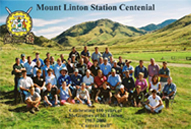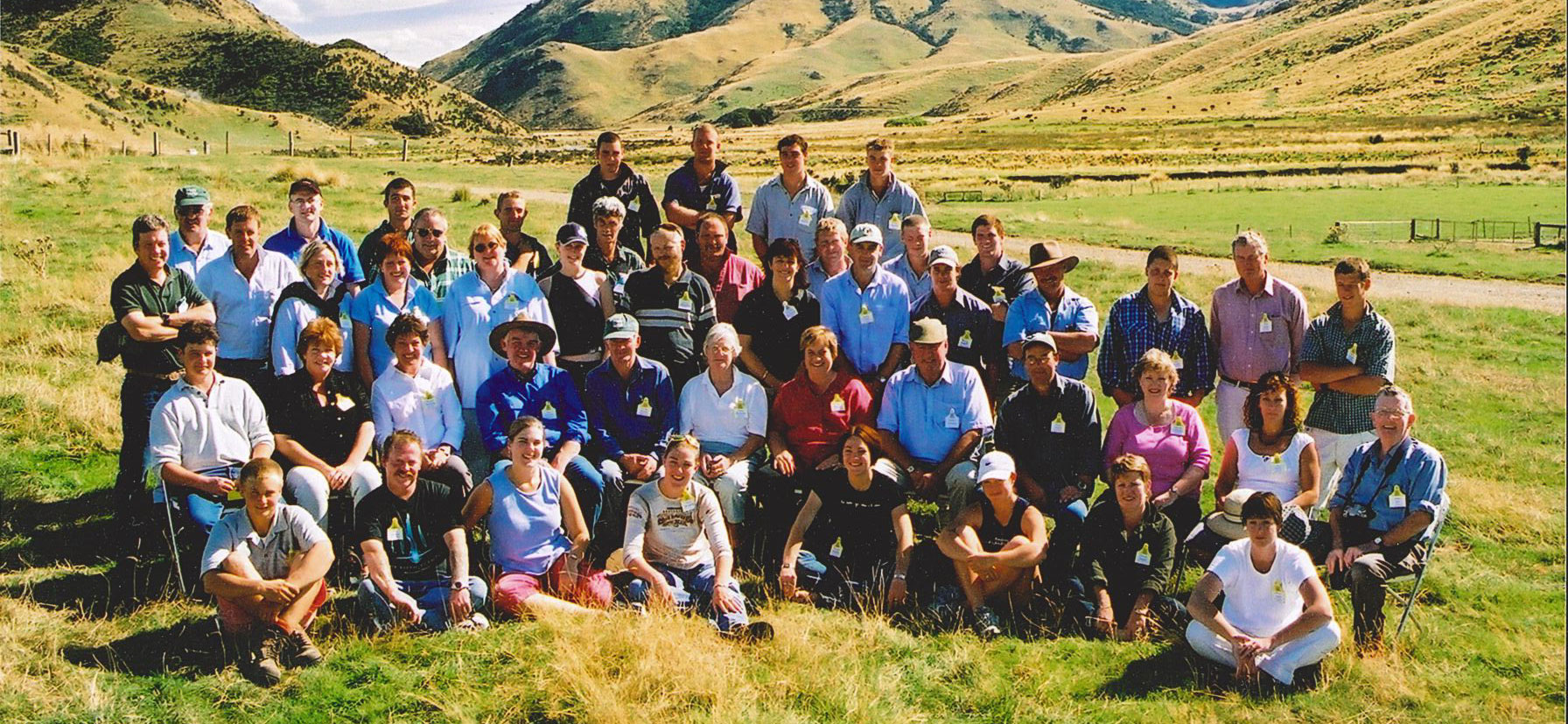About MOUNT LINTON
Mount Linton is one of New Zealand’s iconic stations and comprises 12,145ha of predominantly productive land. One of its key assets is people, both current and past. They have made an enormous contribution to the continual development of the property and its sustainable farming practices.
Among the key advantages of Mount Linton are not only its size but the determination to be a leader in genetics. Recording the Angus herd began in 1991, followed by the Texel flock in 1995, and more recently the Suftex.
The genetic trend graphs show tremendous improvement and sire performance that are backed up by the achievements of the commercial sheep and cattle operations run on the Station.
Mount Linton’s biggest challenge is the Southland climate and we are focused on producing genetics that survive and thrive in such an environment, as well as sustainably producing the highest quality product for the end consumer.
History OF MOUNT LINTON




The Early Years
In 1856 Tasmanian John Bogle purchased 80,000 acres of land in Western Southland, New Zealand. More than 140 years later, this land stands at the centrepiece of Mount Linton – a large, financially viable, integrated agribusiness.
While today Mount Linton is one of the country’s more successful agricultural ventures, its early owners were plagued with problems. Heavy flooding, snow storms and rabbit problems forced many of them off the property. Advances in engineering and agricultural technology have since made these issues a thing of the past. Such innovations arrived too late, however, for one early owner, Scott William Clark, who, in the 1860s, developed the Mount Linton brand which is still in use.
In 1878 a new era began with the property being purchased by Colonel Chalmers, Dr Inglis and Reginald McKinnon. Taking the existing brand, the men changed the face of the property, making it both a business success and one of the country’s social centres.
Expansion
At the turn of the century the Station began a period of intense development. WJA McGregor acquired the property and immediately increased its carrying capacity.
Noel McGregor took over from his father in 1932 and the business continued to expand. Noel took advantage of the new technology available after World Ward II and began aerial topdressing – transforming the property. Grass growth increased as a result of the phosphate and sulphur application, which in turn led to substantial production increases.
In the mid-1960s Alastair McGregor began as the third generation of McGregors to run Mount Linton. Alongside him was Graham Mullally – the second generation of his family to work on Mount Linton. The McGregors and the Mullally family have worked collectively on the station for more than 100 years.
In that time Mount Linton has built a reputation for its strong commitment to innovation and development. Over the past 140 years what were originally 80,000 acres of native tussock land have been transformed into 12,000 hectares of some of New Zealand’s most productive farm land.
Interests associated with the Masfen Family became 50% shareholders in 2003.
The McGregors of Mount Linton
To find out further about Mount Linton’s and the McGregor family history a book is available “The McGregors of Mount Linton” from Shoal Bay Press written by V.G Boyle & M.C Bradstock.
People OF MOUNT LINTON
CHAIRMAN
Murray Donald
Share holders
Masfen Farms Ltd
McGregor Family Trust
Directors
Alastair McGregor
Peter Masfen
Rolf Masfen
